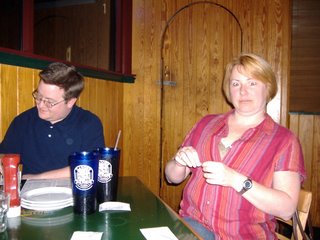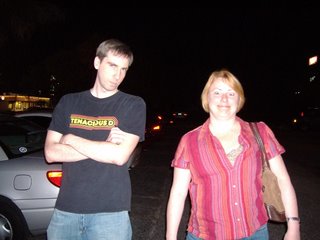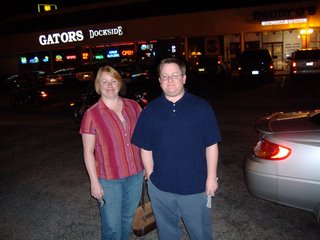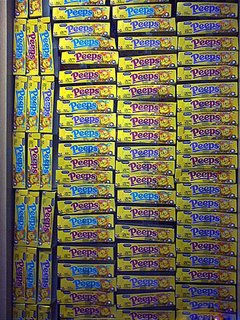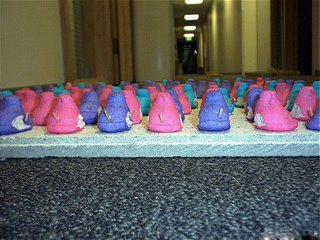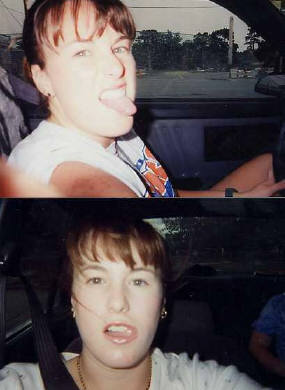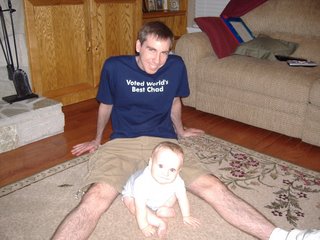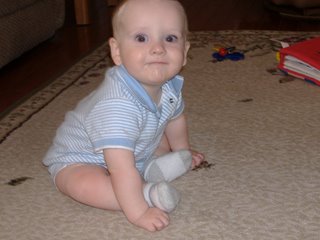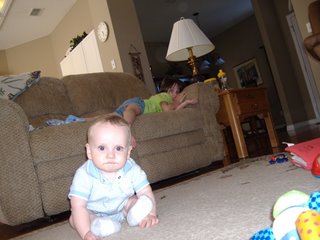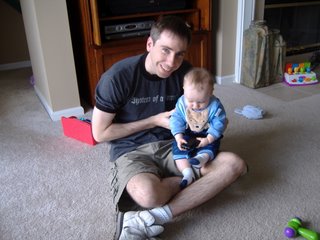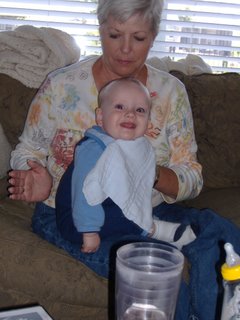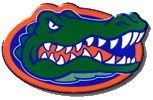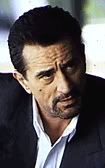I watched the heck out of my "A Night to Remember" DVD recently. This was the most famous movie about the Titanic disaster up until the James Cameron epic. But it should be noted, it still is the most accurate movie about that night that exists. The Cameron film, and just about all other films about the Titanic, featured fictional tales and characters...and then the Titanic sinks. In "A Night to Remember", everything that happens is based on actual events and people.
It was a book first, and a book I should probably read. I'm sure I would immensely enjoy it being such an enthusiast of all things Titanic. When I was a young lad, before they had even discovered it in the Atlantic, I was fascinated by the Titantic. I would go to the library and find books about it and watch the 70's TV film, "S.O.S. Titanic" all the time. The writer of the book did extensive research and talked to survivors himself. (This was back in the 1950's)
As far as the movie goes, it gets to the stuff you want pretty quickly. Within 10 minutes it's the night of the sinking. The majority of the film is what happens while it is sinking.
This is kind of odd, but I almost found listening to the commentary to be a more emotional experience after I had watched the film. The two guys doing the commentaries are experts on it all and they point out which things, which was just about all of it, were abolutely true and give you other tidbits of info.
I'll mention some things here in bullet format because it's going to be all over the map...
* In the movie, the baker spends most of the sinking getting drunk. This seemed like just a 50's comic character that was added to the film. But this was accurate. It was strictly against the rules to drink alcohol for the staff, but this is what he did, and was on the stern of the ship (in the dicaprio area) as it went down. He floated and was picked up later and had no ill effects. The commentary guys seemed to imply that getting drunk saved his life. I'm not sure about all this, maybe I'll do a little research.
* That night, there was no moon, and the water was as calm as any of the crew had ever seen in their life. Like a lake. It was because of these two conditions that helped cause the accident. With no moon, they didn't have that extra light to see the iceberg. And with the water so calm and still, there was no wave action hitting the iceberg that would have helped the lookouts spot it.
* There were 500 empty seats in the lifeboats that went unused. 1500 people perished in the disaster. In one lifeboat, there were only 12 people, when it could have seated 40. 2 women, 3 men and 7 crew members. They never even went back to help any of those in the water crying for help. In the boat Molly Brown was on? Only 19 seats used out of 65. Again, the Quartermaster refused to go back to save others.
* Different crew members had different interpretations. One, instead of "women and children first", basically had it in his head, "women and children ONLY", and would cast off lifeboats with empty seats and not let men get on. A lot of people died that didn't need to.
* In the movie, one woman falls and is caught in between the lifeboat and the Titanic and was caught by people and brought back in to safety. This actually happened.
* The Californian was very nearby. It had stopped due to the ice. They could see the lights of Titanic (though they didnt know it was Titanic) and the Titantic could see them. They fired all their distress rockets but the Californian ignored it all. They could have easily saved everyone. If they had gotten their wireless operator to check the wireless, he would have heard the S.O.S. and distress calls, but he was sleeping and nobody bothered to check it out.
* The commentary guys go on and on about how almost everything was so faithfully and exactly reproduced...the sets, the clothes, the furniture, everything. They would say this is really what this room looked like, etc etc. Even the actors they chose really looked like the exact people they were playing.
* One woman had someone go back to her room and get her "lucky pig" sculpture before she got on a lifeboat. This really happened and the writer of the book now has that pig and showed it in the extras portion of the DVD.
* It sounds like an old cop movie cliche', but this really was to be Captain Smith's last voyage. Just a few days away from retirement, and he goes down with his ship. He was the highest paid captain in the world. It seems he kind of fell apart mentally. He must have been shocked. Because he really did not do a good job of leading or doing his duty during the sinking. Everyone had to go to him and ask him things like, "should we start getting people on the lifeboats?" "should we do this? should we do that". And he'd be like, "yeah". This is not represented like that in the movie, but the commentary guys say this is what happened. Also, I think he should have made it clear that no lifeboat leaves the ship unless it is absolutely filled to capacity. They only had enough for about 1200 people out of the 2200 onboard. Yet they only saved 700 people.
* At first, people really did not understand the situation they were in. They thought that they were being lowered out into the night, on a very cold evening, in a scary lifeboat, all just for precaution. The lifeboats seemed much scarier to the people. A little tiny thing that they had to step over a ledge, very high up and be lowered down. Many survivors remembered how many people were refusing to get on.
* Survivors recall that people were very calm on board as it was sinking. Not screaming or going nuts or being unruly.
* The captain of the Capathia that rescued the suvivors apparently was very smart and is portrayed well. He was doing everything possible to get the ship to go as fast as humanly possible.
* Thomas Andrews, the architect of the ship was onboard and was apparently a very well liked people person. He is shown very favorably in the film. He was last seen standing in a room and when asked, "arent you going to try for it?", did not respond.
* One steward is shown tying deck chairs together to float on. This actually happened and he survived.
* One "collapsable" boat was overturned in the water and about 30 men got on it until rescued. Balancing themselves as best they could.
* Very few people survived that stayed on the ship. The ones that survived had jumped from it. Though, there was no great wave action or suction that everyone feared. It went very gently in the water and barely made a splash. The commentary guys say you basically could step right off the Titanic as it went into the water and not even get your head wet. Though they did say that when the lights went out on the Titanic, that it must have been a very scary situation. Because there was no moon, they were in complete and total darkness.
* At the very end, in the movie they show the band playing "nearer my god to thee", which is what many survivors swear by that they actually played.
* As a result of the disaster, sweeping changes for the better came about. This included regulations that required enough lifeboats for all passengers. An international ice patrol. Routes that would avoid the ice. And 24 hour wireless operators required.
